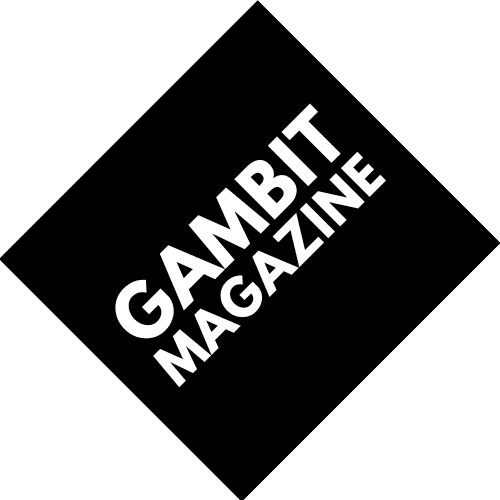Every company is looking to launch the next big things. And with the amount of money these corporations have you’d think they can make anything work as long as they throw enough cash at it. But what happens when companies bet the farm on a product only for it to land like a hot fart in a packed elevator.
Today we take a look at five launch disasters. The interesting thing is that all of these companies are still around today and making loads of money, but they probably want you to forget that they released anything on this list.
Microsoft Band (2014-2015)
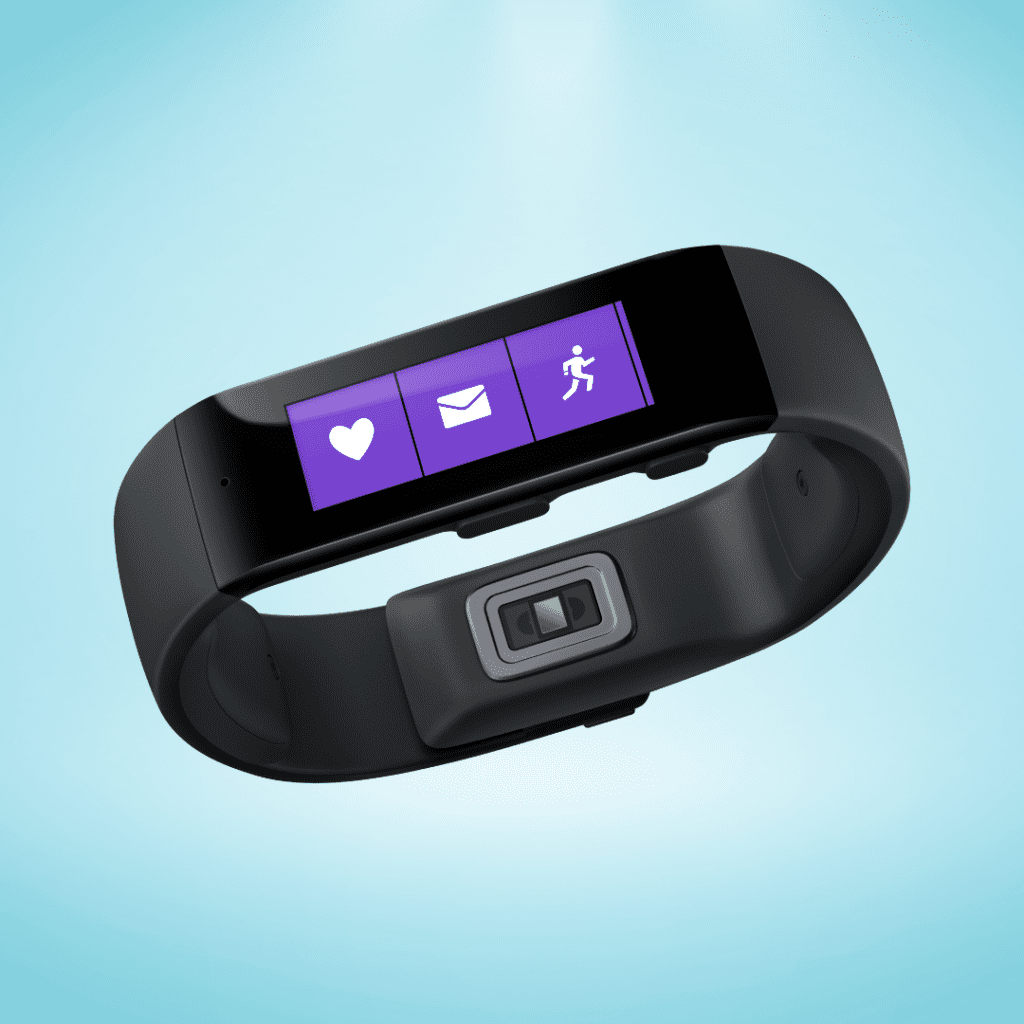
Microsoft’s first foray into wearable hardware was, to put it mildly, a rough start. The Microsoft Band looked more like a prototype than a polished product, with its bulky design and awkward fit making it feel like a $20 Temu knockoff than a professional $200 fitness tracker from a major tech company.
Microsoft, for its part, tried again with a second version that attempted to address issues, but it still fell short in terms of aesthetics and most importantly, comfort. Ultimately, Microsoft decided to pull the plug, shutting down the servers and offering refunds to the few loyal users who stuck with the Band until the end.
Qwikster (Sep-Oct 2011)
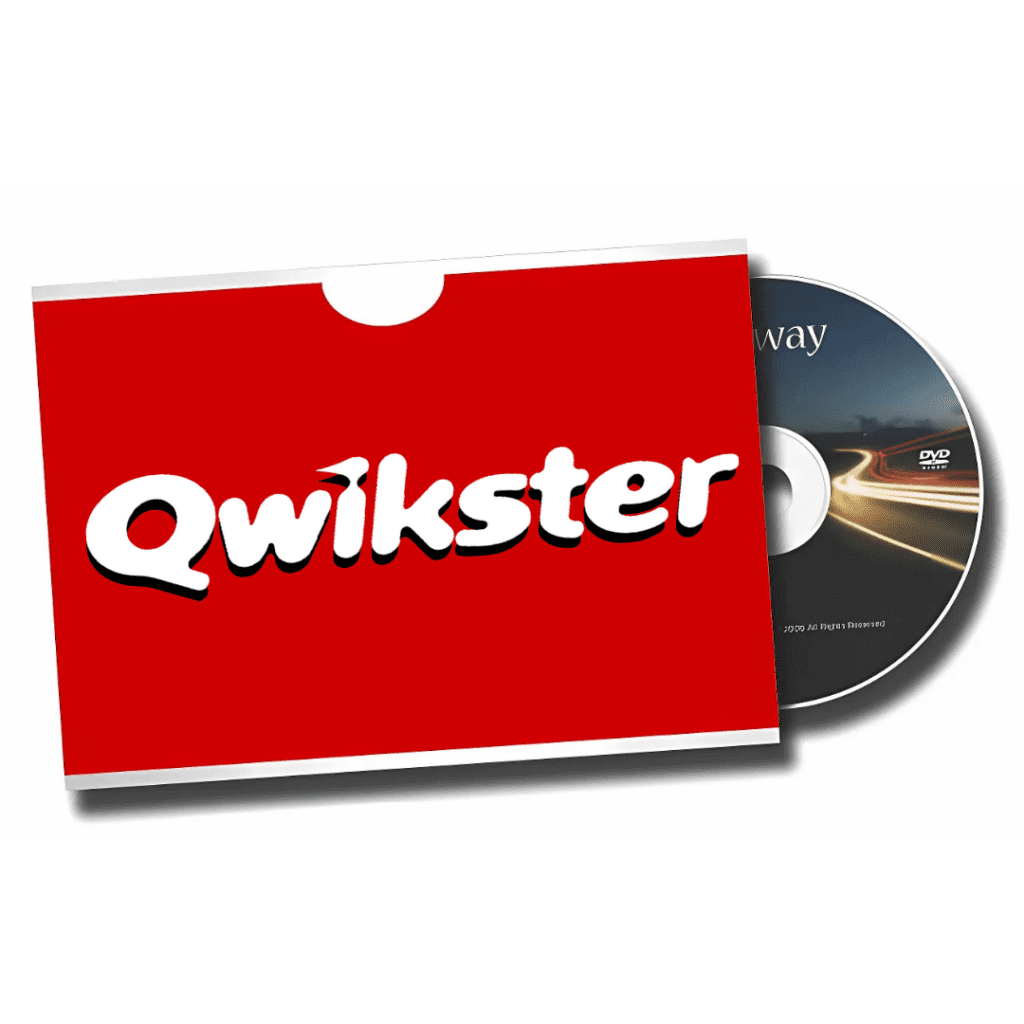
Three weeks. That’s how long the idea of Qwikster lasted in the public space. Netflix has always known streaming was the future, even when it was renting DVDs through the mail. in 2011 Netflix’s decided to split its services into two independent platforms. The company announced that its streaming and DVD rental businesses would operate separately, with the latter rebranded as Qwikster.
This meant customers who wanted both services would need to manage two separate accounts, passwords, and monthly bills. Critics slammed the move, arguing that Netflix was taking a simple, successful service and making it unnecessarily complicated. It was a rare misstep for Netflix, but one that taught the company a valuable lesson about listening to its customers.
The HTC First Facebook Phone (2013)
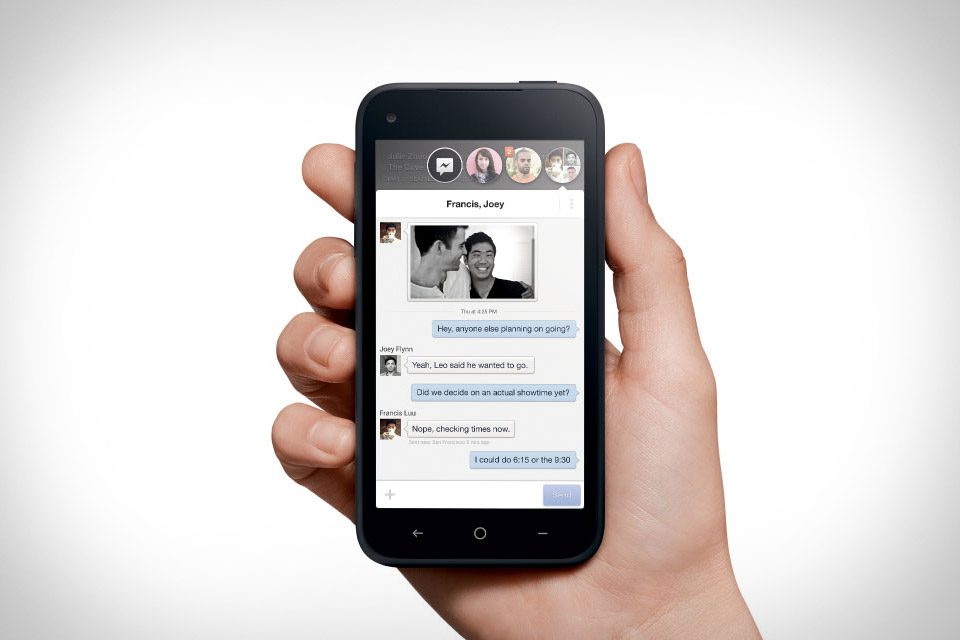
The HTC First was the first smartphone to use its own Facebook software. The HTC First launched with the custom Facebook Home software, replacing the typical Android interface. Facebook Home transformed the device into a social hub, prioritizing Facebook updates, messages, and notifications right on the home screen. It was a bold move to integrate social media deeply into the smartphone experience, though it ultimately struggled to gain widespread adoption.
The phone faced harsh criticism from reviewers, who pointed out its subpar camera and lack of expandable storage. Compounding its struggles was the lukewarm reception of the Facebook Home software, which failed to resonate with users. AT&T reportedly sold just over 15,000 units of the device, making it a commercial flop. The HTC First serves as a cautionary tale of how even promising ideas can fall flat when execution and user appeal miss the mark.
HP TouchPad (2011)
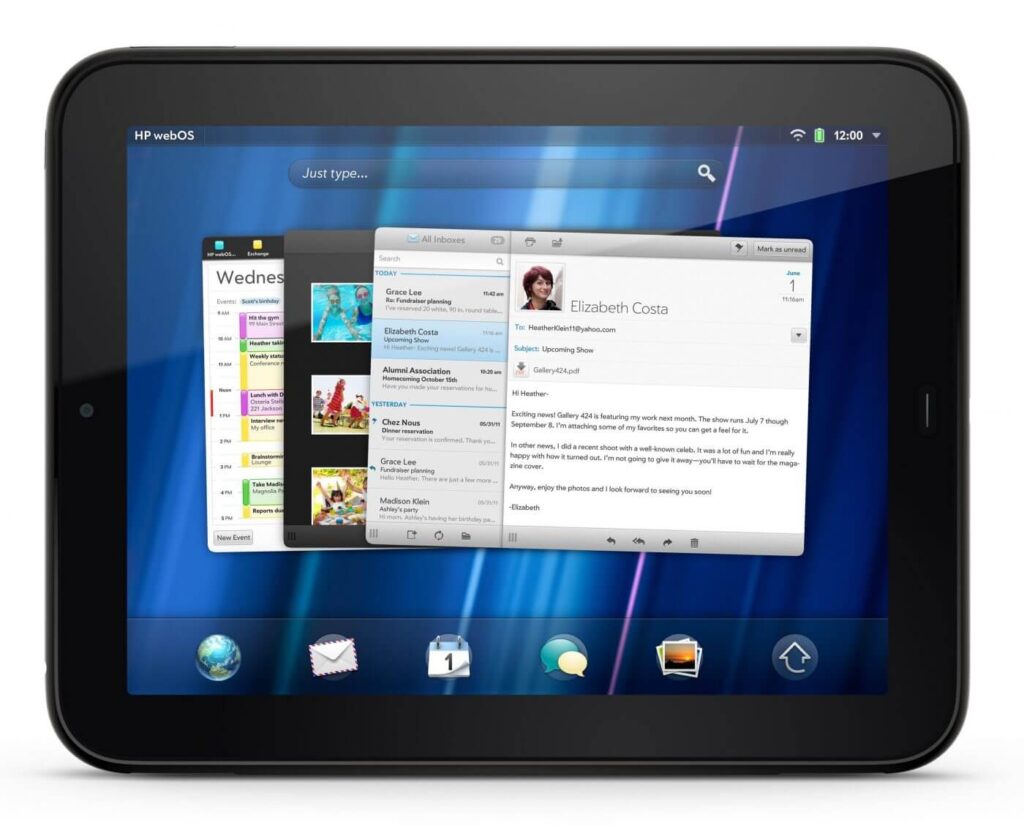
The device that killed webOS, the HP TouchPad lasted only 49 days on the market before HP killed it. Intended to go up against the iPad 2, the HP TouchPad was panned due to its lack of apps for the platform and lackluster advertising that hindered sales.To clear out remaining inventory, the company slashed prices on the TouchPad, offering it up for on $99.
The steep discounts sparked a frenzy, and the remaining stock sold out almost overnight with HP even ordering another production run in order to get rid of leftover parts. While the fire sale gave the TouchPad a brief moment in the spotlight, it marked the end of HP’s ambitious but short-lived venture into the mobile hardware market. In 2013, HP sold the source code and transferred the remaining webOS team to LG.
Apple Maps (2012)
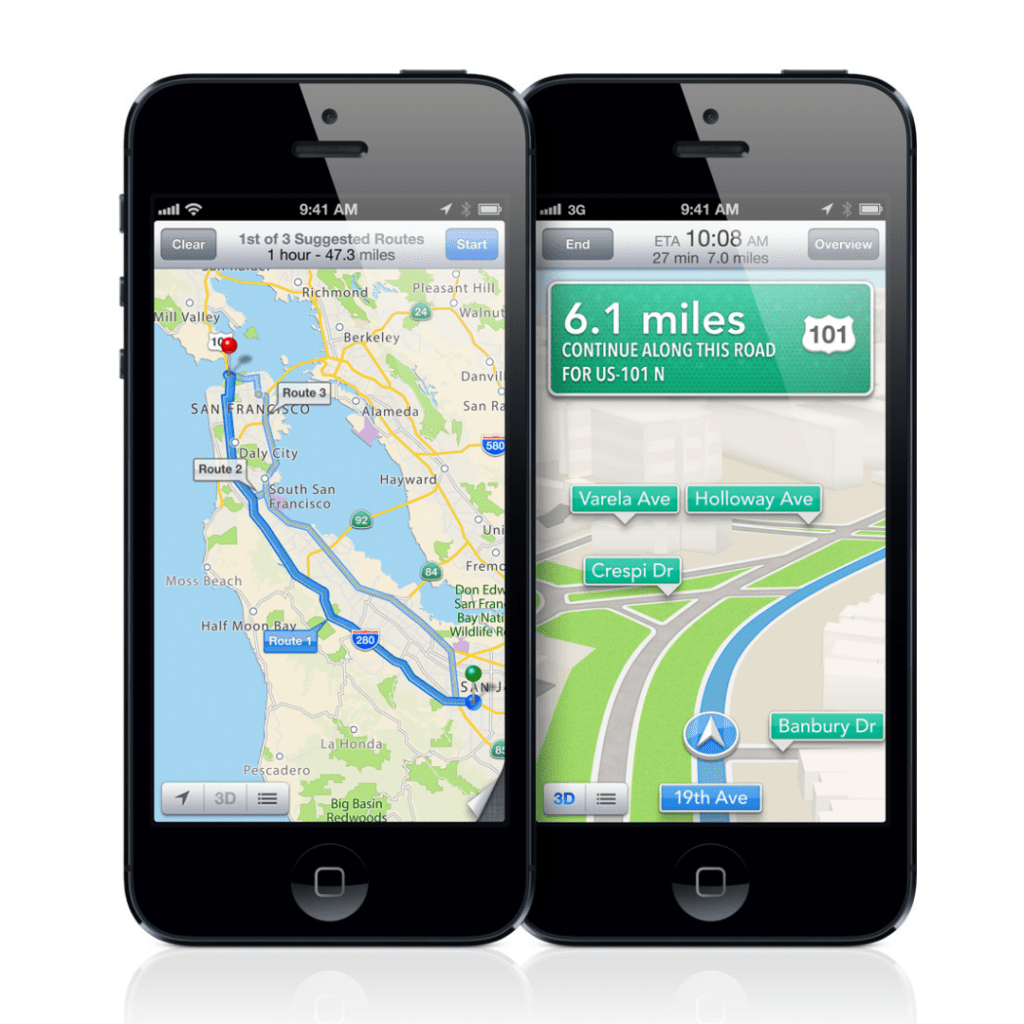
Apple Maps is a solid map service today but that wasn’t the case when it debuted alongside iOS 6. It was so bad that Tim Apple had to publicly come out apologize for how bad it was and suggest non-Apple alternatives to sonsumers. This was a big deal as Steve Jobs was notorious for not wanting to admit any fault with failed product launches. Apple had been using Google Maps since the launch of the original iPhone but with iOS 6, Apple was looking to bring everything in-house.
The problem was that Apple Maps wasn’t ready for prime-time. Directions sent you to random places, cities weren’t even showing up on the map, no public transit routes, and even had famous landmarks in the wrong spots. Apple would spend nearly a decade fixing Apple Maps before giving up and building a new version from scratch.
